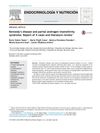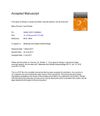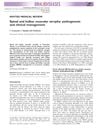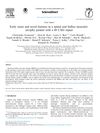Perspectives of Kennedy's Disease
September 2010
in “
Journal of the Neurological Sciences
”
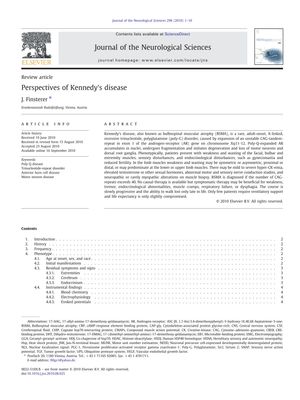
TLDR Kennedy's disease leads to muscle weakness and sensory issues, has no cure but manageable symptoms, and future treatments look promising.
The document provides a comprehensive overview of Kennedy's disease, also known as Bulbospinal Muscular Atrophy (BSMA), an X-linked recessive neurodegenerative disorder characterized by the expansion of CAG repeats in the androgen receptor gene. It affects males with symptoms like muscle weakness, sensory disturbances, and endocrinological issues, with onset typically between 30-60 years of age. The disease progresses slowly, and while there is no cure, symptomatic treatments can manage aspects of the disease. Electrophysiological studies, imaging, and muscle biopsies are used for diagnosis, with findings indicating axonal degeneration and muscle atrophy. The pathogenesis involves toxic accumulation of the androgen receptor within neurons, and recent findings suggest mutations in the dynactin-1 gene can also cause a variant of the disease. Experimental treatments in animal models show promise, and genetic counseling is important for affected families. The prognosis is relatively good, with a fair life expectancy, and the document suggests that effective treatments may be available in the near future. Studies mentioned include one with 106 patients and another with 223 patients examining the natural history of BSMA, as well as a study with 39 patients focusing on survival rates.

